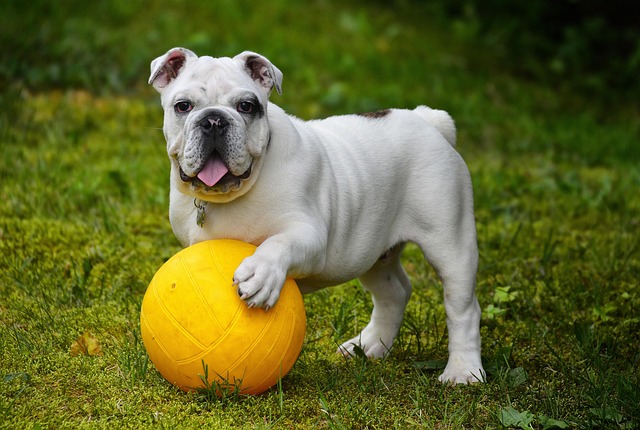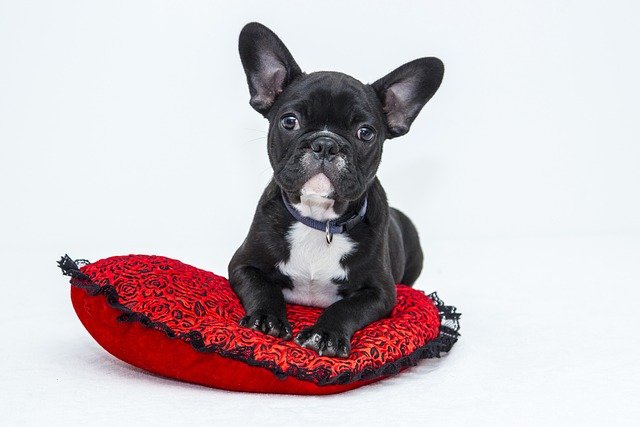High-Rise, High Risk: Protecting Pets from Heatstroke in Tokyo’s Summer Towers

Heat, Height, and Pressure: The Triple Challenge Facing Urban Pets This Summer
July has arrived and temperatures and humidity are rising in earnest. This is a severe time of year for us humans, and the risk of heat stroke increases for dogs and cats as well. In particular, pets living in high-rise condominiums may be exposed to “invisible stress” such as temperature and air pressure differences from outside.
High-rise condominiums are generally airtight and the air is dry, and the air pressure is slightly lower on the upper floors. Pets may feel the change in air pressure more strongly than humans, who are sensitive to such changes in air pressure, which can make their ears prickle. These environmental changes can affect their physical condition, so it is important not to overlook daily changes in their physical condition.
In addition, in urban areas where buildings and roads are densely packed, heat stored in the ground is difficult to escape even at night, causing the “heat island phenomenon,” in which the ground surface becomes hotter than the outside air temperature. It is important to be aware of the gap between the comfort of a high-rise condominium indoors and the harsh environment you are exposed to when you go out for a walk.

Before the Pavement Burns: Choosing the Right Time to Walk Your Pet
The most important thing to remember about summer walks is to choose the right time of day. Avoid going out during the daytime and try to go early in the morning or later in the evening after the sun has set. Even then, the ground can be hot, so check the asphalt by touching it with the palm of your hand before going out. If you feel “hot! you should not force your pet to go for a walk and let it play indoors, as it may damage its paw pads.
If you live in a high-rise condominium, your pet will be suddenly exposed to the heat outside due to elevator travel or the air-conditioned environment inside the building. For pets that are sensitive to sudden temperature changes, it is effective to acclimate them a little at the entrance before taking them outside, or to take them out for a short time. Particular attention should be paid to short-headed breeds (French Bulldogs, Pekinese, etc.), old dogs, and those with chronic illnesses.
While outside, take frequent breaks and choose shady places to walk. Simply incorporating parks, shady trees, and well-ventilated areas into your course can make a big difference in the temperature you feel. A water bottle to carry with you is also an essential item during the summer.

Signs, Symptoms, and Swift Action: A Heatstroke Guide for Pet Owners
Heat stroke in pets often begins when the pet owner senses that something is “unusual” and the symptoms have already begun. Specifically, the following symptoms are seen
- Heavy breathing (panting)
- Lagging and immobility
- Increased drooling
- Wobbly gait
- Lack of strength in the eyes and sluggish reactions If you notice any of these signs, first move the pet to a cool place immediately. To cool the pet’s body, a towel wet with tap water or a misting spray is effective. As a precaution, avoid directly applying ice water or refrigerant. Only the surface of the body will be cooled, making it difficult for the internal heat to escape, which may have the opposite effect. If the animal’s condition does not recover or if it continues to be limp, do not judge for yourself, but visit a veterinary clinic as soon as possible. If you live in a high-rise condominium, it may take some time to get to the hospital, so we recommend that you know in advance the location of the nearest veterinary hospital and the contact information for nighttime emergency services.

Keeping It Cool: How to Create a Pet-Friendly Indoor Climate This Summer
Air conditioning is important in summer, when people spend more time indoors. Even though the rooms in high-rise condominiums are well ventilated, they may not be comfortable for pets, depending on the effects of sunlight and the temperature setting of the air conditioner. As a rule of thumb, it is best to keep the room temperature at 26-28°C and the humidity around 50-60%.
In addition, it is a good idea to provide a cooling mat that can be used in contact with the floor or a bed with good ventilation so that your pet can choose a cool place by itself. Multiple water fountains are also a good idea to make it easier for them to stay hydrated. Especially in upper-floor residences, it is easy to create temperature differences between air-conditioned spaces and sunny windowsills, so be sure to check your pet’s location frequently.

Not Just Love, But Attention: The Real Key to Summer Pet Care in the City
Pets living in high-rise condominiums tend to suffer from environmental stresses and physical changes that are difficult to see. That is why it is most important to be observant and take small precautions to avoid overlooking anything “out of the ordinary.
Invisible factors such as temperature, air pressure, and humidity can affect the health of pets during this season. Therefore, let’s spend a comfortable and safe summer together by making a series of efforts that we can make in our daily lives.
We hope you will find a “summer lifestyle” that is safe for both pets and owners.
At our clinic in Tsukishima—just a short walk from Ginza and surrounded by Tokyo’s high-rise skyline—we are proud to be a foreign-friendly veterinary hospital.
We are committed to creating a space where international pet owners feel welcome and supported, no matter how small the concern. Whether it’s your first visit or you’ve been with us for years, we want you to feel at home asking any question about your beloved companion.
We will continue to take steps to ensure that our services remain accessible, compassionate, and tailored to the diverse needs of Tokyo’s international community.
👉 Visit our website to learn more about our services.
